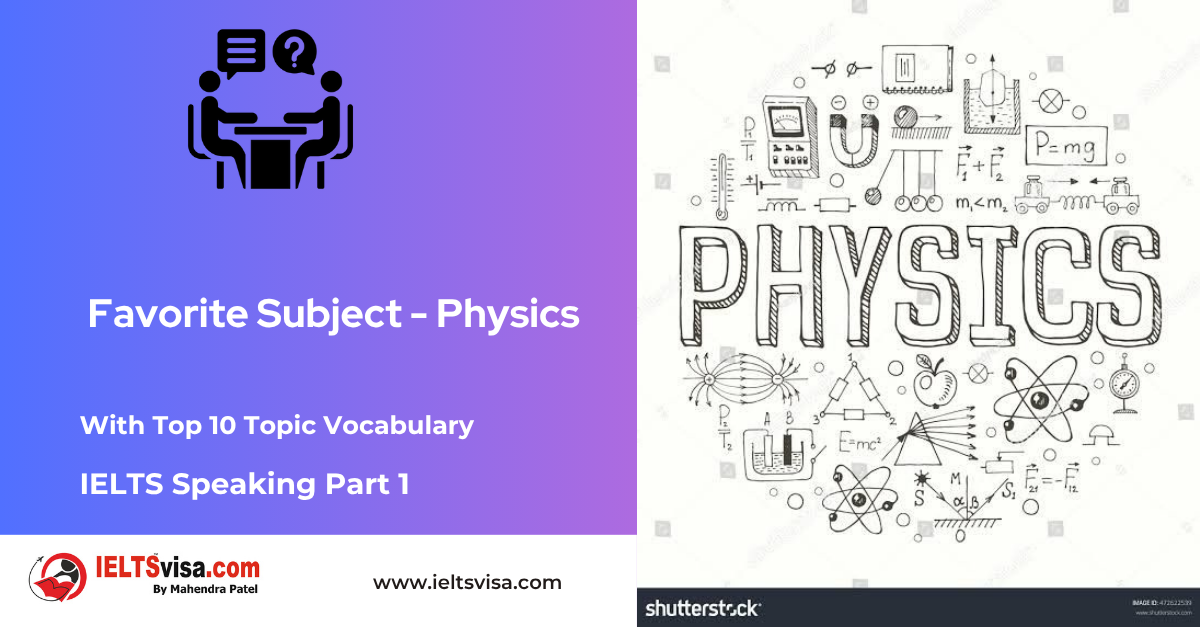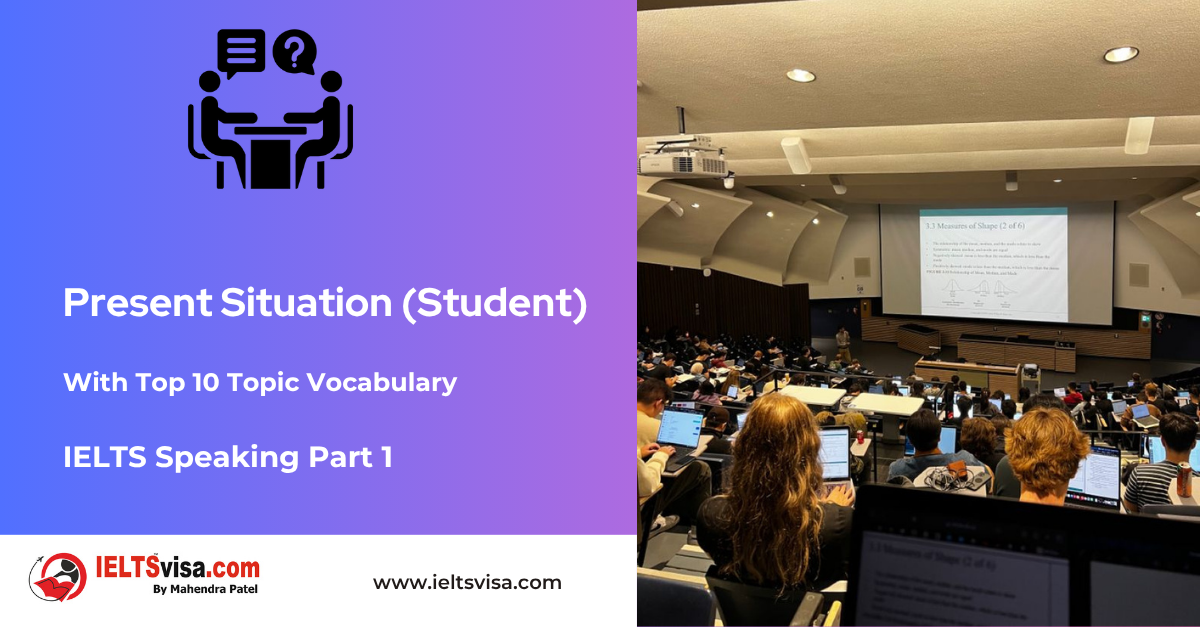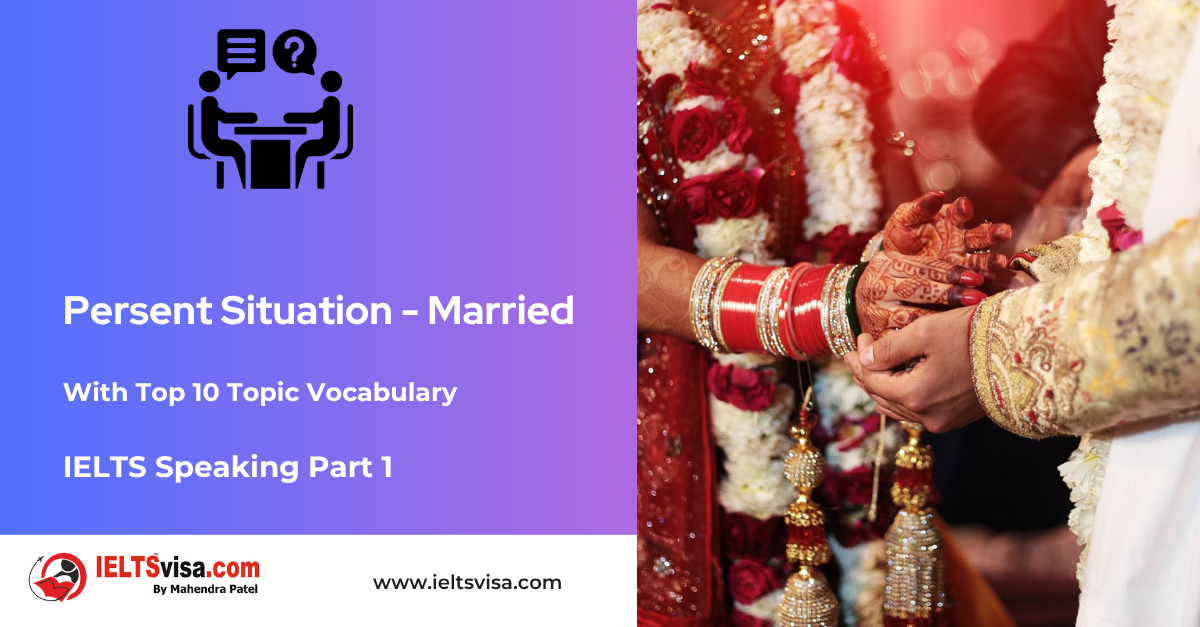Preposition
Grammar for IELTS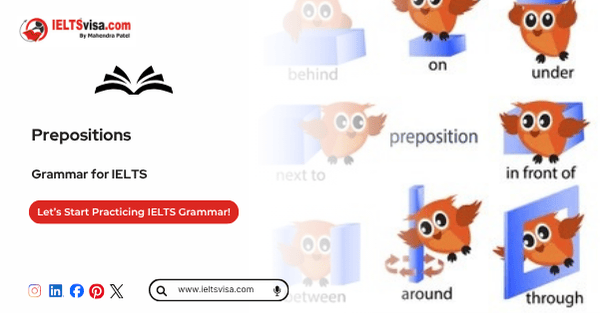
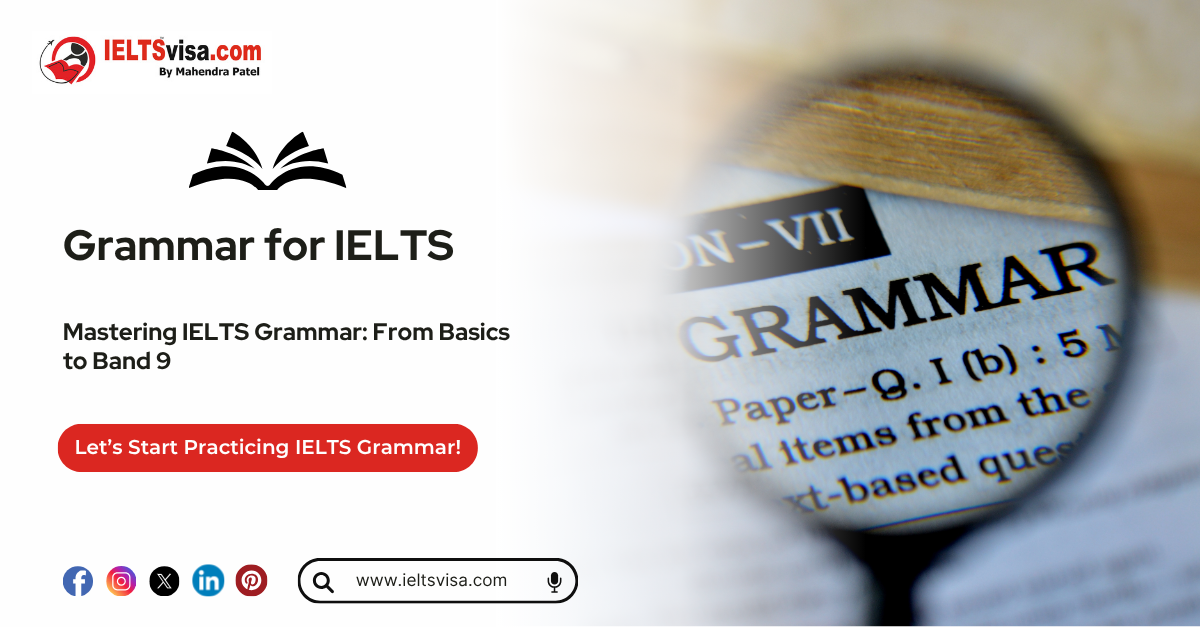
Preposition
Prepositions are the glue that holds our sentences together. They tell us how things are connected, showing relationships of place, time, direction, and more. Let’s explore the meaning, types, and usage of prepositions in a simple and engaging way, ideal for learners of all ages.
What Is a Preposition?
A preposition is a short word used in a sentence to show the relationship between a noun or pronoun and another part of the sentence. It often describes location, direction, time, or method.
For example:
-
- The book is on the table.
The preposition “on” shows the relationship between “book” and “table.”
- The book is on the table.
Definition of a Preposition
Different dictionaries provide slightly varied definitions:
-
- Cambridge Dictionary: A word that connects a noun, noun phrase, or pronoun to another word, often describing place, time, or method.
- Oxford Learner’s Dictionary: A word or group of words like in, from, to, on behalf of used before a noun or pronoun to show place, position, time, or method.
- Collins Dictionary: A word such as by, into, or with which typically relates a noun or pronoun to other words in a sentence.
In simple terms, prepositions show how one part of a sentence is connected to another.
Uses of Prepositions
Prepositions perform key functions, such as:
1. Showing direction: He ran toward the park.
2. Indicating time: We met after the movie.
3. Describing place or location: The keys are under the couch.
4. Expressing method or means: The letter was sent by mail.
5. Connecting relationships: She is proud of her achievements.
Types of Prepositions
Prepositions are grouped based on their functions:
Prepositions of Time
Used to describe when something happens.
Examples: in, on, at, during, after, before, until
-
- We will meet at 5 p.m.
- He was born in December.
Prepositions of Place
Used to describe where something is.
Examples: on, in, under, above, behind, beside
-
- The cat is on the roof.
- He sat beside her.
Prepositions of Direction
Show movement or direction.
Examples: to, toward, into, onto, across
-
- They moved toward the exit.
- She jumped into the pool.
Prepositions of Location
Indicate the specific location of something.
Examples: at, in, on, near, among, between
-
- He is at the park.
- The book is in the bag.
Prepositions of Spatial Relationships
Describe movement away from or toward a source.
Examples: away from, around, across, opposite, beneath
-
- The cyclist rode around the park.
- She leaned against the wall.
Prepositional Phrases
A combination of a preposition and a noun or pronoun forms a meaningful phrase.
Examples: on time, out of stock, with care
-
- She arrived on time.
- The gift was wrapped with care.
Examples of Prepositions in Sentences
-
-
Prepositions of Time:
- The show starts at 7 p.m.
- She has been studying since morning.
-
Prepositions of Place:
- The painting is above the fireplace.
- The child hid behind the curtains.
-
Prepositions of Direction:
- He went into the room.
- They walked toward the beach.
-
Prepositions of Location:
- The keys are on the table.
- They stood between the trees.
-
Commonly Confused Prepositions
Some prepositions can be tricky. Let’s clarify them:
|
Preposition |
Example |
Explanation |
|
In/On/At |
She is in the room. |
“In” shows general location, “on” is for surfaces, and “at” is for specific points. |
|
To/From |
We went to the market. |
“To” indicates the destination, while “from” shows the starting point. |
|
By/With |
The cake was baked by her. |
“By” indicates the doer, while “with” shows the instrument used. |
Prepositions in Everyday Use
Here is a quick list of commonly used prepositions:
On, at, in, over, under, between, among, with, by, from, to, into, out of, across, about, near, beside, above, below, behind.
Practice Exercise: Fill in the Blanks
1. The children are playing _______ the park. (in/at/on)
2. We have been waiting here _______ 3 p.m. (since/from/for)
3. He walked _______ the bridge to reach the other side. (across/into/over)
4. The gift was sent _______ post. (by/with/from)
5. She lives _______ the hill, not on it. (under/beneath/in)
Answers:
1. in
2. since
3. across
4. by
5. beneath
Frequently Asked Questions on Prepositions
Q1: What is a preposition?
A preposition is a word that shows the relationship between a noun (or pronoun) and other words in a sentence.
Q2: What are the main types of prepositions?
The types include Prepositions of Time, Place, Direction, Location, and Spatial Relationships.
Q3: Can a sentence have more than one preposition?
Yes! Example: She sat beside the tree and looked across the lake.
Q4: Give examples of prepositions used in daily life.
-
- The keys are on the table.
- He will return after lunch.

Our Books
Master IELTS Speaking Part 1
IELTS Writing Task 1 Book
IELTS Writing Task 2 Book
Practice IELTS Other Modules
IELTS Listening
The IELTS Listening test assesses how well you can understand spoken English in various contexts. It lasts about 30 minutes and is divided into four sections with a total of 40 questions. The listening tasks become increasingly difficult as the test progresses.
IELTS Academic Reading
The IELTS Academic Reading section assesses your ability to understand and interpret a variety of texts in academic settings. It is designed to evaluate a range of reading skills, including skimming for gist, reading for main ideas, reading for detail, understanding inferences, and recognizing a writer's opinions and arguments.
IELTS Speaking
The IELTS Speaking test assesses your ability to communicate in English on everyday topics. It lasts 11-14 minutes and consists of three parts: introduction, cue card, and a discussion based on the cue card topic.
IELTS General Reading
IELTS General Reading tests your ability to understand and interpret various types of texts. Here are some key areas and types of content you can expect to encounter in the reading section, along with tips for effective preparation.
IELTS Academic Writing Task 1
In IELTS Academic Writing Task 1, you are presented with a visual representation of information, such as graphs, charts, tables, or diagrams, and you are required to summarize, compare, or explain the data in your own words.
IELTS General Writing Task 1
In IELTS General Writing Task 1, you are required to write a letter based on a given situation. The letter can be formal, semi-formal, or informal, depending on the prompt. Here’s a breakdown of the key components to include in your letter
IELTS Academic Writing Task 2
In IELTS Academic Writing Task 2, you are required to write an essay in response to a question or topic. Here’s a guide to help you understand the essential elements of this task
IELTS Exam Tips
To succeed in the IELTS exam, practice regularly, familiarize yourself with the test format, improve your vocabulary, develop time management skills, and take mock tests to build confidence.
Grammer for IELTS
Grammar is the foundation of effective communication in English. Understanding tense usage, subject-verb agreement, and sentence structure enhances clarity and coherence in writing and speaking.
Vocabulary for IELTS
Vocabulary plays a crucial role in the IELTS (International English Language Testing System) exam, especially in the Speaking and Writing sections. Here’s an overview of why vocabulary is important and how it impacts your performance
RECENT IELTS SAMPLES QUESTIONS AND ANSWERS
IELTS Speaking Part 1 – Favourite Sujbect – Physics
IELTS Speaking Part 1 - Favourite Sujbect - Physics Q: What is your favourite subject? A: My favourite subject...
IELTS Speaking Part 1 – Present Situation (Student)
IELTS Speaking Part 1 - Present Situation (Student) Q1: Are you a student or do you work?A: I’m a full-time...
IELTS Speaking Part 1 – Present Situation – Employee – as an International Student and Social Worker
IELTS Speaking Part 1 - Present Situation - Employee - as an International Student and Social Worker Q1: Are...
IELTS Speaking Part 1 – Persent Situation – Employee- as an Electric Engineer
IELTS Speaking Part 1 - Persent Situation - Employee- as an Electric Engineer Q1: What do you do for a...
IELTS Speaking Part 1 – Persent Situation – Employee – as an Software Engineer
IELTS Speaking Part 1 - Persent Situation - Employee - as an Software Engineer Q1: What do you do for a...
IELTS Speaking Part 1 – Persent Situation – Married
IELTS Speaking Part 1 - Persent Situation - Married Q1: Are you married?A: Yes, I am married. My spouse and I...

